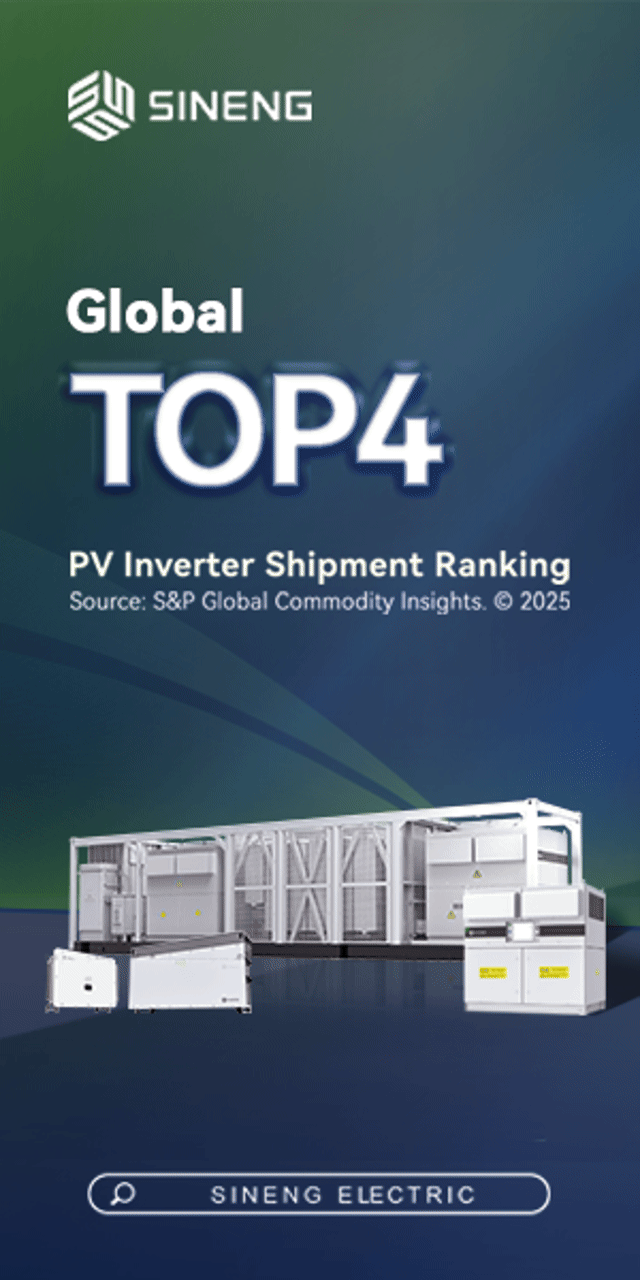Enabling the Wind Power Market in 2016
Driven by cost reduction and regulatory incentives, interest in wind power is at an all-time high, with more than 50GW of incremental capacity added globally in both 2014 and 2015, according to the Global Wind Energy Council. In the United States, wind comprised 47 percent of new generation capacity, and China added approximately 23GW of new capacity, the GWEC found. Likewise in Europe, offshore capacity grew 200 percent within the first half of 2015.
Combined with an overall reduction in wind power purchase price, worldwide political and legislative calls for reduced carbon emissions, and increased efficiency will drive growth in generation and capacity. For example, the Environmental Protection Agency’s Clean Power Plan and recent passage of the U.S. House of Representatives $1.1 trillion omnibus spending bill encompassing extensions for wind production tax credits will continue to promote North American capacity growth in renewable generation. Likewise, Beijing plans to increase China’s wind capacity to 200GW by 2020, according to the Earth Policy Institute. 2016 will be a growth year in wind generation worldwide providing appropriate governmental drivers remain in place and new innovative technologies bring increasing positive economic justification over traditional generation.
Demand for power quality
As more wind power is added to the grid, improved power quality, reliability, and transmission and distribution (T&D) infrastructure improvements are required to meet Federal and State renewable energy goals. Advances in fast-responding storage, such as ultracapacitors, will further enhance wind energy production reliability indices by substantially reducing and, in many cases, eliminating the intermittencies associated with wind generation.
The goal of wind energy generators is to deliver clean power at levels of quality and reliability acceptable to the regional grid operators and served utilities while maximizing their returns by minimizing operating costs. Integration of fast-responding energy storage (at the generation site) into operations along with advanced scheduling and management will facilitate this goal in several ways.
Frequency response
Grid frequency continuously fluctuates due to changing loads, and balance must be maintained on a second-to-second basis between electricity demand and generation to maintain grid stability and generation norms. The tight frequency envelope, typically specified in tenths of a hertz, must be managed in second-to-subsecond timeframes to prevent system collapse. This is an important factor to be considered by wind generators because energy storage assets can be leveraged to provide frequency response. There is growing demand from grid operators, particularly those with a high penetration of wind and solar, such as National Grid, for faster frequency response service. This service can be sold to the independent system operators (such as PJM, MISO, or ERCOT) as one of several stacked services provided by “fast-responding energy storage,” thus improving the overall value of storage.
Wind power smoothing
As an increased amount of intermittent renewable generation penetrates the grid, variations in wind power output can become significant and create faults on local transmission lines and poor quality of delivered power to utilities and their customer loads. Energy storage technologies that can respond in the milliseconds to power output fluctuations can be deployed to prevent these problems. Ultracapacitors are the ideal technology to address these reactive and active power fluctuations given they have fast response times and can “ride through” milliseconds-to-minute-level fluctuations. Economically, the addition of ultracapacitors to rapidly deliver quality power mitigates the risk of curtailment (revenue loss) and can defer transmission line upgrades (cost savings).
Reducing operating expenses
The growing demand for power quality as part of government goals must be met without putting suppliers over budget. This has led suppliers to seek new options for deploying pitch technologies in their turbines. Ultracapacitors have emerged as a viable option for producing high-quality, reliable power without driving operating costs up significantly. According to Navigant’s 2015 report, the top 10 wind power suppliers globally produced 36,301MWs out of the 51,026MWs produced globally. Forty-one percent of new turbines contained ultracapacitors, compared to 38 percent using hydraulic and 21 percent relying on batteries. Speedier charge and discharge cycles, along with a longer lifetime, more reliable performance in colder temperatures and decreased intermittencies, make ultracapacitors the best option for suppliers. Increased durability, paired with guaranteed operation even in the face of extreme weather, eliminates some costs related to maintenance and replacing components.
A combination of governmental incentives and cost reduction will keep wind generation on a growth trajectory through 2016. Energy storage utilizing fast-responding ultracapacitors is a key enabling technology to both improve generation quality and reliability while offering potential new revenue streams. MW scale projects are now commissioning and will define the financial benefits of fast responding energy storage to generators, operators, and utilities. Likewise, incorporation of next-generation wind pitch control technologies reduces operator ongoing costs.
 Dr. Kimberly McGrath is director of business development for Maxwell Technologies and has spent her career in the field of energy storage applications and technology development. Dr. McGrath received her doctorate in chemistry from the University of Southern California and an MBA from The Paul Merage School of Business at the University of California, Irvine.
Dr. Kimberly McGrath is director of business development for Maxwell Technologies and has spent her career in the field of energy storage applications and technology development. Dr. McGrath received her doctorate in chemistry from the University of Southern California and an MBA from The Paul Merage School of Business at the University of California, Irvine.
Maxwell Technologies | www.maxwell.com
Volume: 2016 March/April








